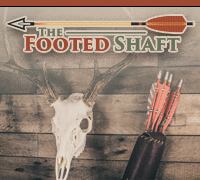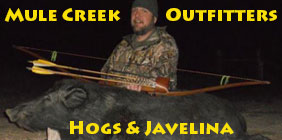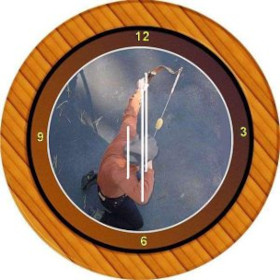gotta be careful with that one gene. oil hardening steels can rip apart violently if quenched in water...
aren't most concrete saws diamond blades? if so they are relying on the hardness of the diamond powder to cut the conrete, not the steel...they are probably using a lower carbon steel for the blade part so it can stand the temperatures generated in the cutting??? just a guess.
you could do 2 tests...one like Lin said to see if its stainless...get gun blue and see if it blues...if it wipes right off its stainless and would require highly technical hardening/tempering process....if it stains with the bluing do a 'quench test'....cut a small piece off, heat it to red, then quench in oil (used motor oil, transmission fluid, veggie oil) I use canola oil, then clamp one end in a vise and whack it with hammer (donning proper safety attire, goggles gloves, apron, etc)..if it bends over it ain't hard. repeat the heat and this time quench in water....again if it bends it aint hard...no good.
if it snaps or shatters then its pretty hard...probably hard enough to make a knife.














